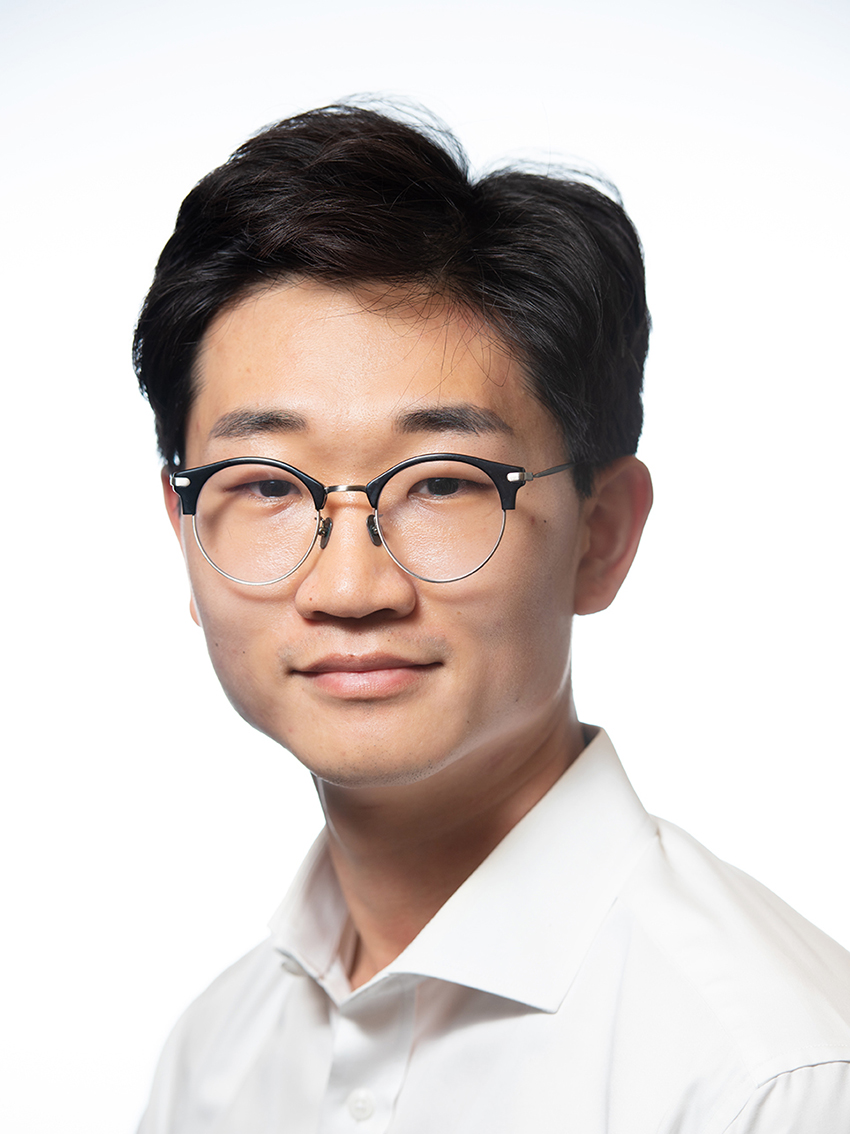연구/산학
PKNU Research 1000
| Chae Su-Jong | Developed high-capacity silicon (Si)/carbon nanocomposite anode materials that are '5 times stronger than graphite' | |||
| 작성자 | 대외협력과 | 작성일 | 2021-10-25 |
| 조회수 | 1176 | ||
| Chae Su-Jong | Developed high-capacity silicon (Si)/carbon nanocomposite anode materials that are '5 times stronger than graphite' | |||||
 |
대외협력과 |  |
2021-10-25 |  |
1176 |
PKNU developed high-capacity silicon (Si)/carbon nanocomposite anode materials that are '5 times stronger than graphite'
Professor Chae Su-Jong

A silicon/carbon composite anode material with a capacity that is five times higher than that of graphite, which is the existing anode material for next-generation secondary batteries, has been developed and is attracting academia's attention. Pukyong National University announced that a research team led by Professor Chae Su-Jong (Dept. of Industrial Chemistry) has recently developed a high-capacity porous silicon/carbon composite anode material. Professor Chae's research team developed porous silicon with a large specific surface area (surface area per unit volume) of 972 m2/g by forming micrometer (μm)-sized particles of silicon primary particles smaller than 4 nanometers (nm). Porous silicon has a structural advantage in that it can effectively control depletion due to the volume expansion that occurs when lithium is stored. However, when the size of silicon is reduced to a few nanometers or less, there was a problem in that the size of the silicon primary particles easily increases due to the sintering phenomenon (A process in which particles undergo depleting activation and become one united body) or there was a problem of lost in the internal pore (gaps between the particles).
Professor Chae's research team went through this problem by making pitch extracted from crude oil (black grounds left after distilling crude oil or coal tar) uniformly soak into the porous silicon. As a result of analysis by the research team with a real-time transmission electron microscope, the pitch existing inside the porous silicon was carbonized and suppressed the sintering of silicon at high temperatures. In addition, this carbonized pitch was found to prevent extreme volume change and depletion of silicon during battery operation. It was confirmed that the developed porous silicon/carbon composite anode material has about five times the capacity of graphite anode material. Especially, in the evaluation of the full cell, it maintained 80% of its initial capacity even after 450 charging and discharging, showing 10 times of the lifespan compared to the porous silicon/carbon composite, which did not overcome the sintering phenomenon. Professor Chae conducted research jointly with Dr. Jason Zhang's research team at Pacific Northwest National Laboratory (PNNL) in the US, and the results of this research have been published online in the latest issue of <Advanced Materials>, an international journal in the field of materials science.
연구진
채수종 schae@pknu.ac.kr
공과대학 에너지소재 및 시스템 연구실